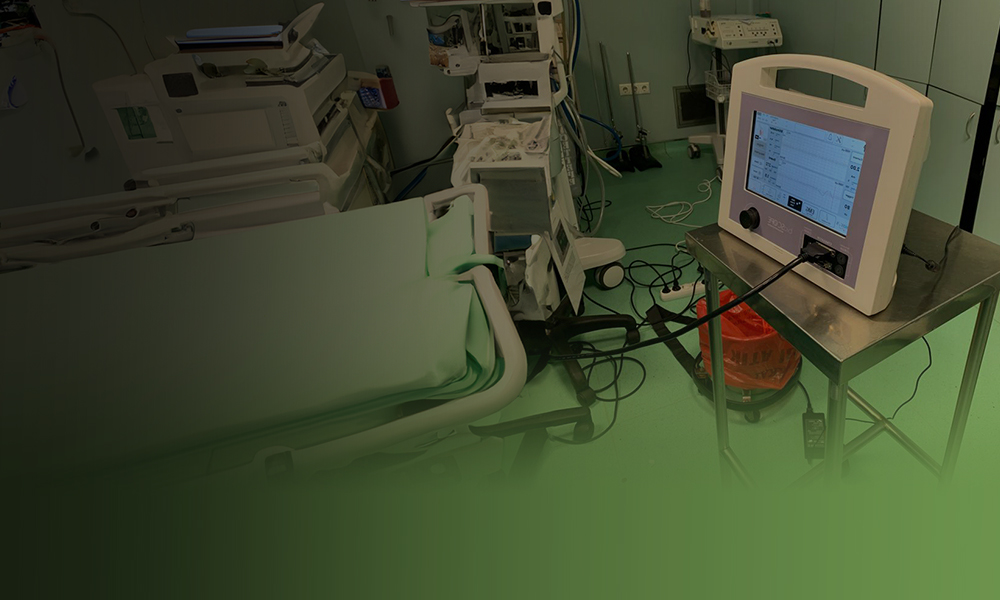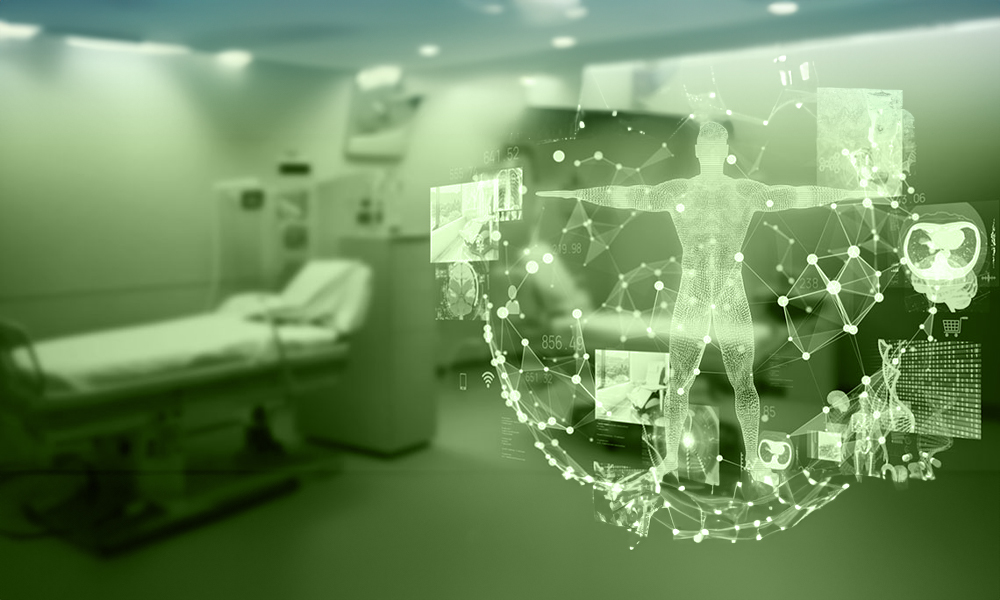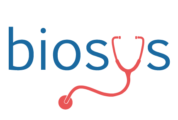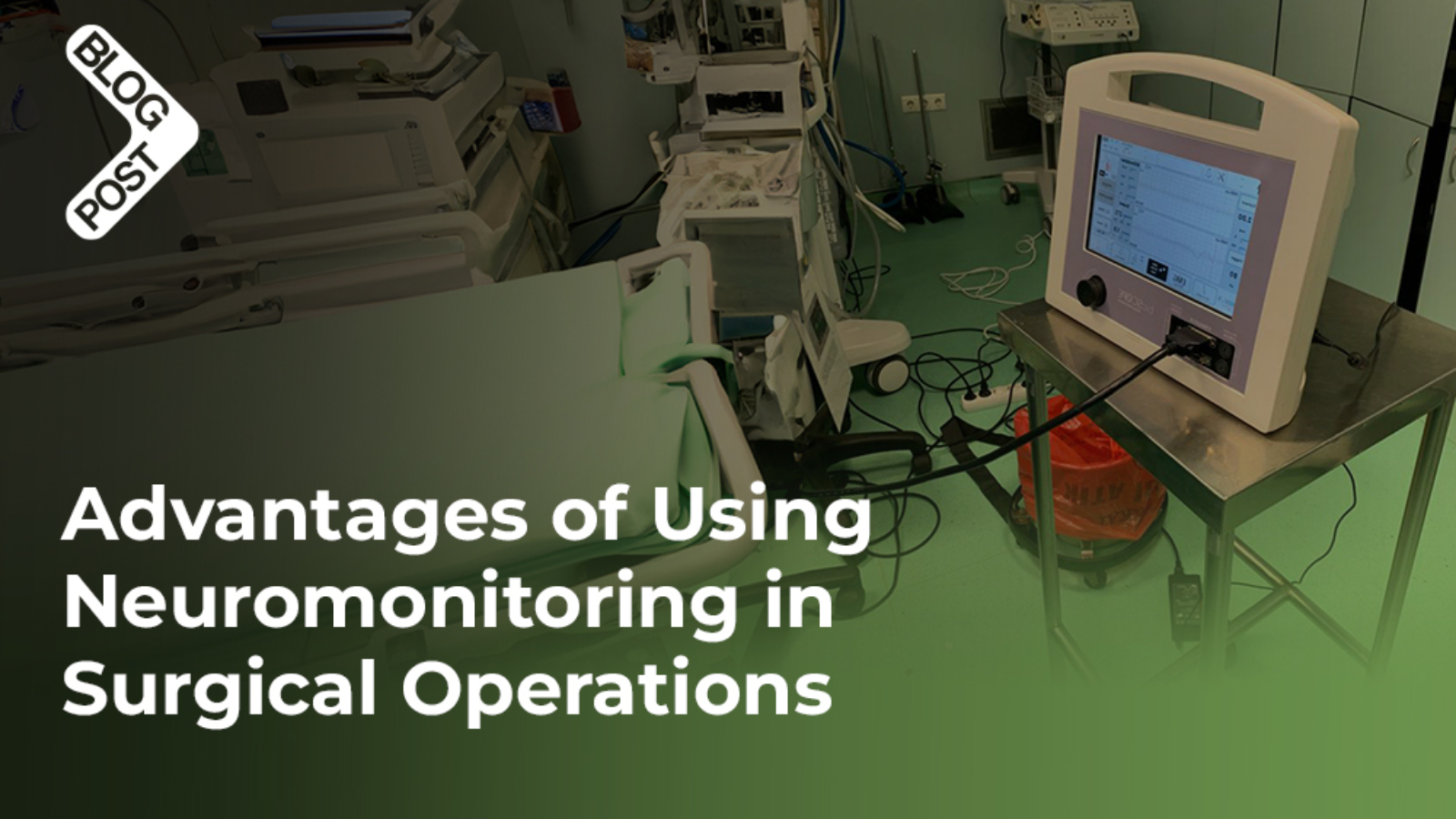Neuromonitoring can be described as a series of techniques often used during surgeries to monitor the nervous system and some patients’ well-being. It is also known as intraoperative neuromonitoring (IONM) which serves as an assistant for surgical teams in preventing damage and preserving nerve functionality. Oftentimes, IONM comprises various medical devices that often help most anesthetists, surgeons, and medical technicians quickly navigate and avoid irreversible nervous problems. Read on, as this article brings to you some of the various advantages of using neuromonitoring during surgery.

Enhanced Nerve Protection
Using neuromonitoring in the theater often helps to protect the structure and function of the nervous system. This protective function is often carried out by preventing certain mistakes or problems that are associated with the neurons. Also, with the aid of instant nervous signals and patterns many surgeons are always able to know certain regions to cut during operations.
For example, the use of neuromonitoring during thyroid surgeries plays a very integral tool in protecting the recurrent laryngeal nerve from being damaged. In most cases, IONM serves as a doctor’s protective guide as it further helps them to be more cautious.

Reduced Risk of Nervous Damage
Sometimes, using neuromonitoring devices in an operating room always helps in reducing nerve damage rate by most surgeons. Many times this preventive measure is often carried out in different ways such as:
Stimulation from nerve action potential (NAP)
This process involves the evaluation of the patient with the aid of their nerve impulse signals. It is a procedure that always occurs in the axonal membrane of a nerve fiber with an evoked potential pathway.
Activating electromyography
The activation of a muscle fiber action potential also provides signals that help in notification about possible axonal damage that can be prevented on time.
Real-Time Feedback and Monitoring
Another special advantage of using neuromonitoring is the provision of fast information about a patient’s immediate health status. It serves as a system for tracking and providing outputs about neurosurgical progress and updates surgical teams about their operation.
Additionally, the instant information about the patient’s cranial system also provides great neuromonitoring advantages as it helps the team to identify specific areas of improvement. Likewise, the monitoring process often allows surgeons and technical experts to easily detect likely problems during complex surgeries.
Improved Surgical Precision
Neuromonitoring In the theater assists in identifying some neurological problems that might arise after an invasive operation most especially to the CNS or PNS. It also provides additional neuromonitoring advantages in the operating room, by providing vital signaling details regarding nerve function to surgeons.
Sometimes, operational teams may be confused about the exact location of complications in a specific organ or region. However, the data obtained from an IONM can help in providing precise details of the neurological disorder and also serve as a form of security for surgeons.

Minimized Complications and Revisions
Following the impact of real-time input, the essential advantages of using neuromonitoring help to reduce potential problems and post-operative corrections. Likewise, the constant monitoring of the brain throughout the surgery can be used to minimize any associated or risky problems.
In most cases, neuromonitoring serves as an assertive device that presents medical staff with ideas about an unnoticed underlying problem. This IONM attribute usually aids in decreasing the chance of having complications and prevents nerve injury.

Enhanced Patient Safety
The safety of a patient is the cornerstone of an outstanding medical treatment. This has been the primary goal of IONM, to provide a safe procedure that lessens damage risk, infections, and unfavorable surgical reports. This factor provides many healthcare providers with the option to mitigate such negative impacts.
For example, in the case of spinal surgery which entails numerous processes susceptible to damage to the spinal cord, nerve, and major vessels. Neuromonitoring in this surgery provides a higher level of safety and guidance for the surgeon. The advantages of using neuromonitoring make it possible to assess the functional integrity of delicate brain components.
Optimized Surgical Outcomes
Most surgeons make use of the reading and calibrations obtained from the neuromonitoring device to deliver an optimal result during and after surgery. Due to other various neuromonitoring advantages, IONM is a critical component often employed by neuro-operating teams to achieve top-notch patient outcomes.
Like to share with you a success story of a woman in her early 30s who was diagnosed with an isomorphic adenoma that requires surgery. She was administered proper plans and procedures were put in place for her surgery. A special type of neuromonitoring device (Facial nerve monitoring) was utilized.
During these short minutes of surgery, the surgical team finds the tumor extraction process difficult because of its proximity to facial nerve branches. With the help of this IONM machine, the extraction was a success, the extraction process was done within an hour, the compressed marginal mandibular nerve was corrected and her smiling face was restored.
Cost-effectiveness and Resource Utilization
The use of neuromonitoring for complex health or neurological conditions oftentimes looks extraneous, however, its benefit, in the long run, can’t be sidelined. It’s a dynamic mechanic that saves expenses by limiting certain demands like follow-up treatments, hospitalization, and a lot more.
Though there may be upfront expenditures involved in taking treatment with an IONM, it decreases subsequent processes that may cause complications after surgery. Likewise, neuromonitoring assists in determining individual effectiveness during the operation.
Bioscope Intraoperative Neuromonitor By Biosys Biomedical
The use of neuromonitoring devices during surgery has increased productivity and efficiency in invasive operations. It often supports medical experts and also improves surgical precisions ensuring patients’ optimal outcomes and safety. Advantages of using neuromonitoring machines are beyond measure due to the process of producing data and signals. That allows quick neural damage or infection identification.
Bioscope intraoperative neuromonitor by Biosys Biomedical is crucial for preventing or reducing neurological damage. Neuro-monitoring allows for the assessment of the functional integrity of neural structures at risk of injury. This system aids surgeons in safeguarding patient health by providing visual and auditory monitoring of nerves at risk during thyroid, parathyroid, hand, and facial surgeries.
For more information about Bioscope, you can contact us.
References
1.https://www.hopkinsmedicine.org/neurology-neurosurgery/specialty-areas/ionm
2.https://www.ncbi.nlm.nih.gov/pmc/articles/PMC10511205/
3.https://pubmed.ncbi.nlm.nih.gov/36623946/#:~:text=
4.https://pubmed.ncbi.nlm.nih.gov/2708515/


Add a Comment